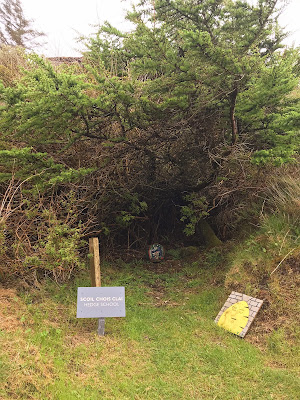So the Adventures continue…our flight from Portland, Oregon to Miami had only 52 minutes to change planes in Dallas and American Airlines wanted us to route through Los Angles instead. Okay:
1. This would make us arrive at 6 AM on Saturday instead of Friday (we always plan to fly in the day before a cruise)…
2. But the plane in LAX was late arriving which delayed from 8 pm departure to 10:30 pm…
3. That delay made the flight crew unable to fly due to the number of hours that they had already flown, so…
4. AA “delayed” the flight until Saturday morning departure 11:30 am…which made us miss the cruise…
5. We spent the night in the airport trying to book anything that would get us to Florida in time to make the cruise but there was nothing available…
BUT while waiting to board the flight the next morning, we were lucky to find a last minute cruise departing the following day with a different itinerary ending in Barcelona which we booked quickly!
Our ordeal continued with a 3 hour process to embark the ship and a “surprise” Covid testing of all 1,600 passengers! (All passengers had to have negative tests to board so we were not sure why this extra precaution but we were fine with it). Once we got on board, because we booked just the day before, they did not have a room for us as somebody else was already in the assigned room! All in all, after the first two days of trying to get things straightened out it has been good. They actually upgraded our room to a little larger room-still interior but at least larger. In addition they gave us two complementary dinners at the specialty restaurants and some onboard credit ($100). Now we are hoping we can get our original cruise refunded or at least a credit for a future cruise but that will have to wait.
My ankle is improving but my hand still hurts. It has been challenging navigating the rocking and rolling of the ship. I did manage to get into the hot tub a couple of times!
We sailed across the Atlantic and arrived in Ponte Delgado, Portugal (our first port). The crossing was pretty good, mostly smooth, with only one or two days of light rain. We saw one whale and some dolphins which was really cool and have met such interesting people!! Lots of people told their stories of being on “”World Cruises” that got canceled & left somewhere in the world due to Covid
 |
| Gibraltar |
 |
| We traversed the Straits of Gibraltar three times because we went to Ceuta first! |
Other ports included Ceuta (a Spanish city on the north Coast of Africa), Càdiz, Malaga, Alicante and Barcelona
 |
Pillars of Hercules in Ceuta depicting the split mountains of Gibraltar on one side and the other Monte Hacho on opposite side of the Mediterranean
|
.
In Màlaga we went to the Picaso Museum that we saw about 8 years ago His work is always fascinating!
Our final port was in Barcelona where we stayed 3 days more. We did a lot of walking but we couldn’t miss the Temple of Sagrada Familia by Gaudi. There has been more completed since we were there 12 years ago but it still won’t be finished for many years.
On November 29, 2021 the Sagrada Família lifted the star of the Virgin Mary into place. This was a historic moment, as it is the final piece of the tower and changes the Barcelona skyline.
 |
| The interior is simple and the windows are spectacular The columns are designed to resemble trees teaching to the heavens |
 |
| The virtual completion |







































